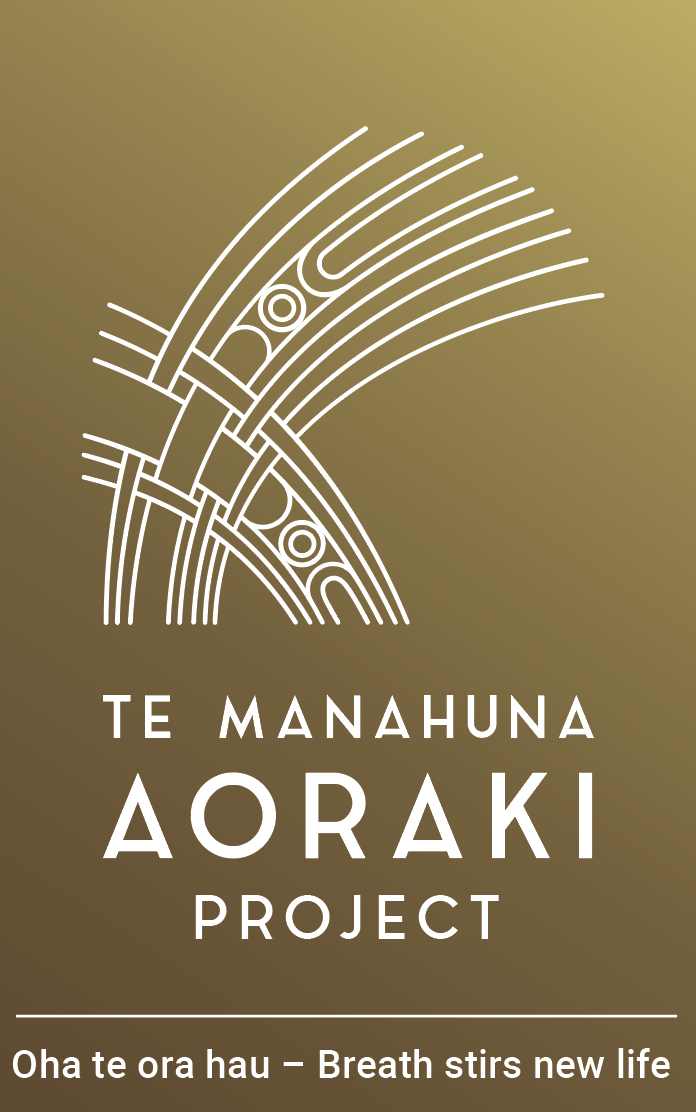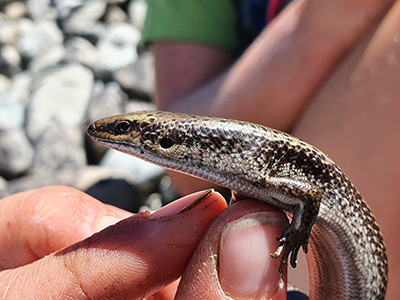The Mackenzie skink (Oligosoma (South Island) species) is closely related to three other spotted skink species – the Canterbury spotted, northern spotted, and Marlborough spotted skinks. They are only found in the Mackenzie Basin, with its southern limit being Lake Pukaki.
It’s a large and often beautifully coloured skink, sporting various shades of grey-green, brown, or olive green, and stripes that break up on the tail. You can tell it apart from other skinks of the Oligosoma species by the lack of ocelli (eye-like markings) on the tail.
Mackenzie skinks are shy – they are more likely to see you and disappear before you have a chance to see them. They are avid sunbaskers, and prefer open/sunny areas such as tussock grassland, rocks, and scree slopes. When not basking or foraging, Mackenzie skinks will hide under rocks, logs, or in dense vegetation such as thick grass and complex shrubs.
They are becoming increasingly rare due to predation by introduced predators like rats, stoats, hedgehogs and feral cats. Like other New Zealand skinks, they eat a wide range of bugs and the berries, fruit and nectar of native plants.
If threatened, skinks will drop their tail. The ditched tail then wriggles for a short time to allow the animal a chance to get away. The skink can then regrow its tail, though with slightly different colours/patterning.


